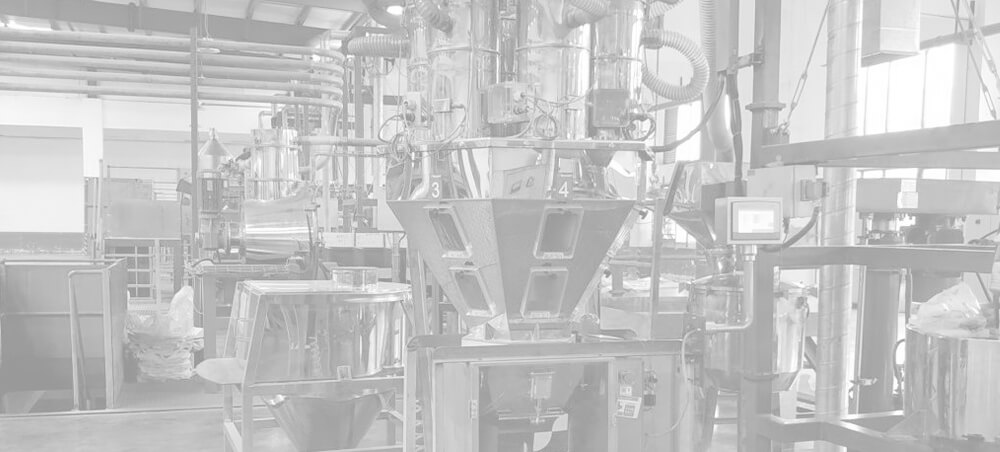S45 Single Screw
Loss-in-Weight Feeder

The characteristics of engineering plastics make them an indispensable material in the manufacturing process of automotive machinery, electrical engineering, household appliances, living facilities, and sports and leisure products. The process covers the coloring and synthesis of basic polymers, all the way to the mixing of organic and inorganic fillers and reinforcing materials. We provide components such as particle conveying, gain-in-weight batch mixer, raw material storage silo, feeding valve, loss-in-weight feeder, aggregate silo, etc.
Our professional skills include material conveying, raw material recipe dosing and feeding processes, which allow us to design systems according to customer specifications. We provide mature solutions to engineering plastic processing plants to ensure high efficiency, economy, and stable product quality.
Typical applications
Dosing solution
PP/PA filling reinforcement
PC/ABS flame retardant filling reinforcement





Package feeding station
Refilling silo
Refilling valve
Loss-in-weight feeder
Aggregate silo
Twin screw extruder
Advantages of Sonner feeder
Recommended products